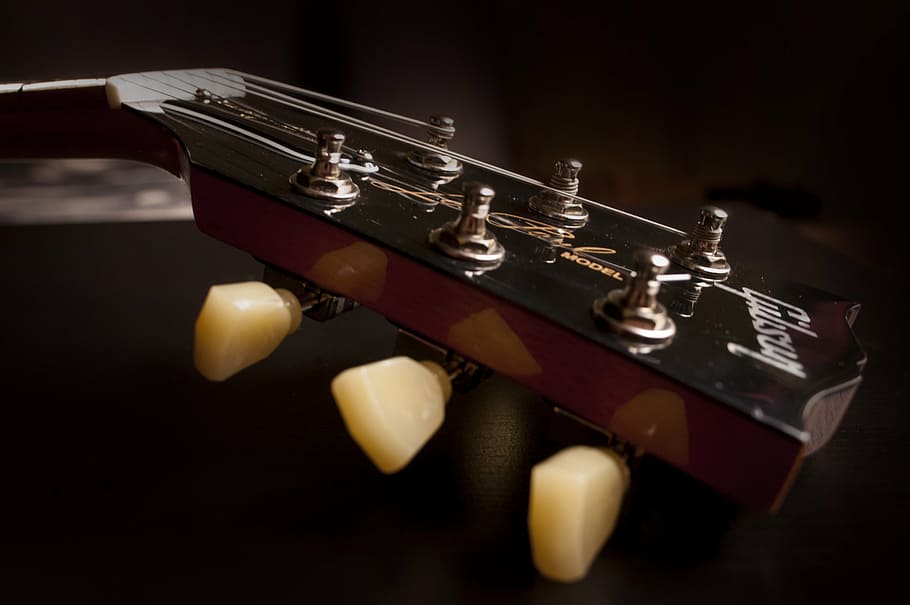Have you ever held an Ibanez guitar in your hands and wondered about its history? That’s where the magic of the Ibanez Serial Number Search comes into play.
These numbers are not just sequences; they are rich with information and stories. You can unlock fascinating insights about the year, location of manufacture, and even some quirks specific to your instrument.
Getting started with deciphering these serial numbers is like embarking on a treasure hunt for music lovers. I’m eager to share the patterns and codes that make each Ibanez guitar unique.
Identifying Ibanez Models
Identifying Ibanez models involves understanding their serial numbers and specific features, especially for electric and acoustic guitars. Special series like JEM, UV, and J Customs offer unique identifiers and characteristics. These insights help to decipher model history and production specifics.
Electric and Acoustic Guitars
Serial numbers are crucial for identifying electric and acoustic Ibanez guitars. These numbers often include a letter denoting the factory and numbers representing the year and production sequence.
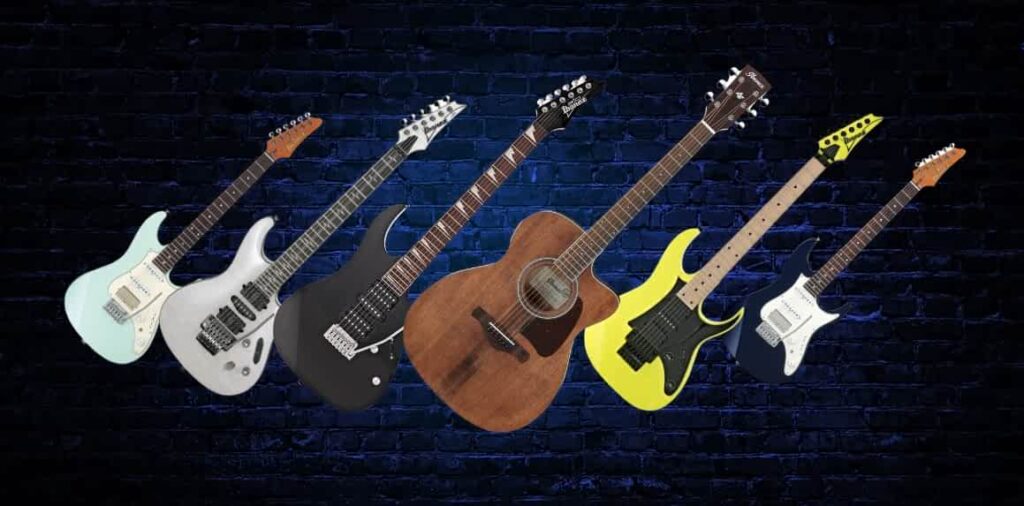
For instance, Japanese-made models use a system of a letter followed by five digits.
Electric guitars, commonly known as solid-body guitars, have serial numbers that began appearing in the mid-1970s. Acoustic guitars, on the other hand, adopted serial numbers a bit earlier.
Recognizing the subtle differences between electric and acoustic serial numbering is key. This allows me to identify the manufacturing details and timeline of these instruments.
Special Series: JEM, UV, and J Customs
For instance, Japanese-made models use a system of a letter followed by five digits.
Electric guitars, commonly known as solid-body guitars, have serial numbers that began appearing in the mid-1970s. Acoustic guitars, on the other hand, adopted serial numbers a bit earlier.
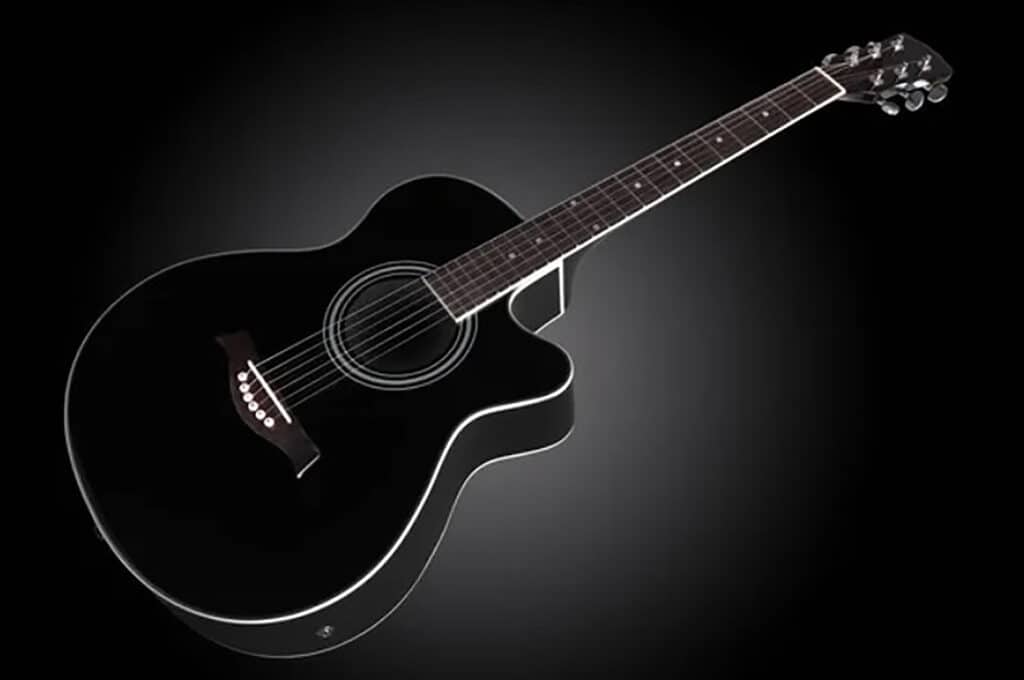
Recognizing the subtle differences between electric and acoustic serial numbering is key. This allows me to identify the manufacturing details and timeline of these instruments.
Understanding Ibanez Serial Numbers
Unlocking the secrets of Ibanez serial numbers involves exploring their format, distinguishing guitar types, and decoding production numbers. Each aspect offers insights into the identification and history of Ibanez guitars.
Serial Number Format and Significance
Ibanez serial numbers serve as unique identifiers for each guitar.
Typically, they consist of a mix of letters and digits, often beginning with one or two letters that represent the production location.
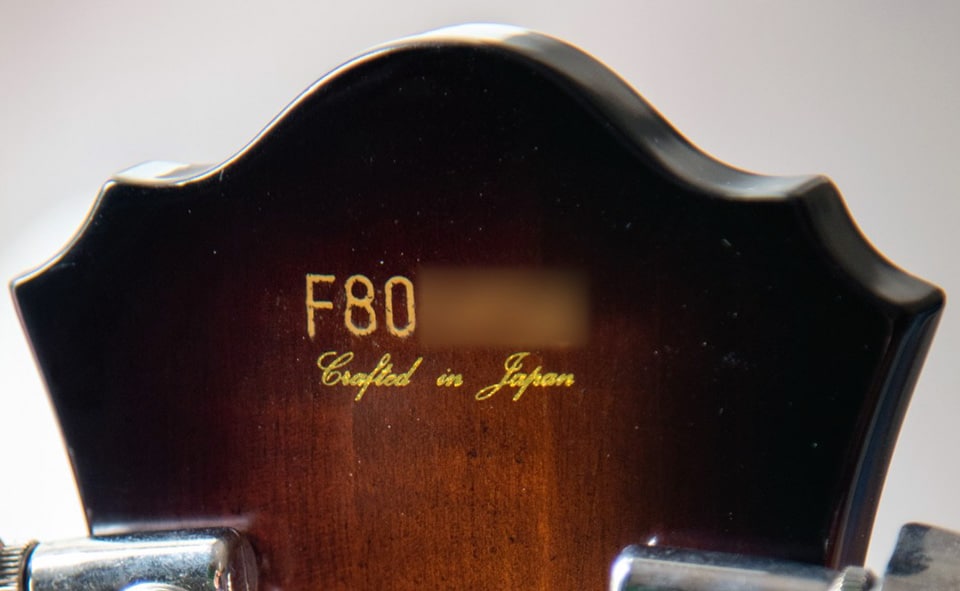
This can be followed by 5 or 6 digits that include date codes. Understanding the serial number format can help determine when and where a guitar was made. Guitars produced after 1997 may have different formats than earlier models. In some cases, the first digit or two can reveal the year, while other combinations provide further details about the guitar’s production. This simple yet effective system helps collectors and owners alike identify their instruments accurately.
Distinguishing Between Guitar Types
Deciphering Ibanez serial numbers is not just about dates; it also involves distinguishing between various guitar types. Differentiating acoustic from electric models or identifying specialty lines can significantly aid in understanding the instrument’s history.
Acoustic guitars began featuring serial numbers in October 1974. For solid body guitars, the practice started in August 1975. Recognizing these distinctions helps identify the characteristics and production details specific to a guitar type.
By knowing what to look for regarding construction date and type, enthusiasts can dive deep into the rich history of their instruments. This knowledge is crucial for those seeking to verify the authenticity and origin of their guitars.
Decoding the Production Number
Decoding the production number is an essential part of understanding Ibanez serial numbers. These numbers often appear at the end of the serial sequence and provide insight into the guitar’s manufacturing process.
This consecutive production number helps track the guitar’s place in the manufacturing run. For example, if a serial number ends in a higher sequence, it could indicate it was made later in the process. This information is invaluable when analyzing production volumes and rarity among different models.
Recognizing these numbers can also contribute to determining a guitar’s potential value and collectibility. Each production number brings enthusiasts one step closer to uncovering the unique story behind their Ibanez guitar.
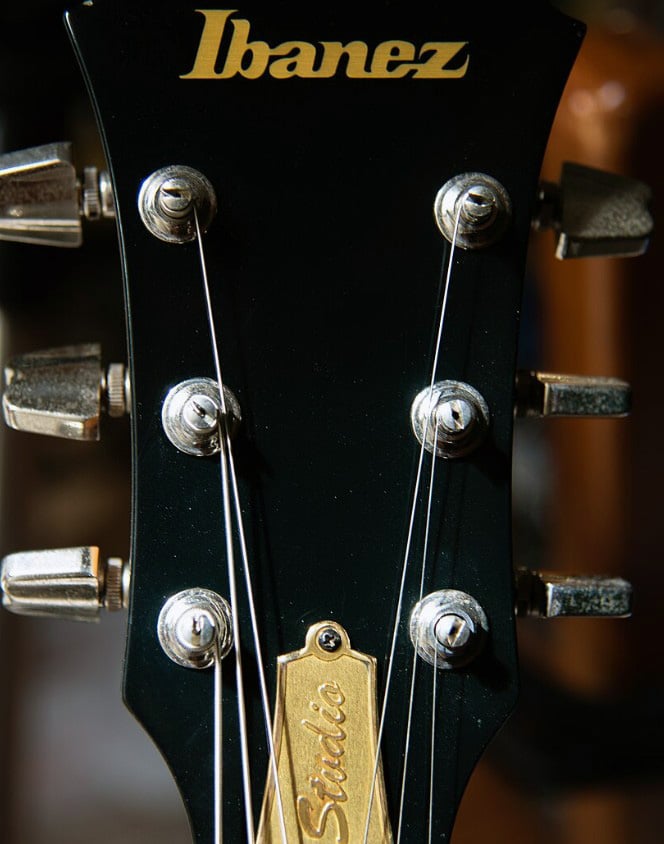
Ibanez SR Standard SR305E
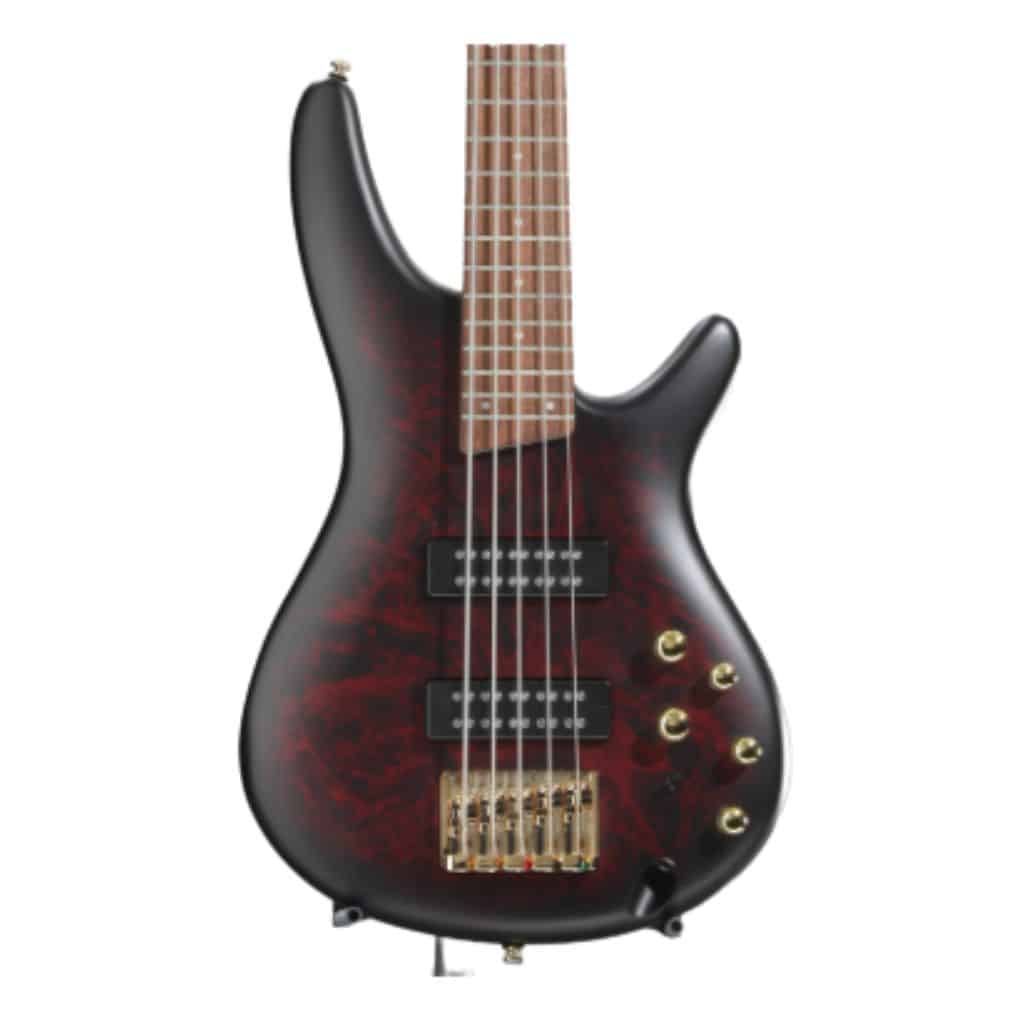
PERFECT FOR: Beginners and intermediate players
FEATURES: Agathis body with a sleek, ergonomic design
OTHER INFO: Active 3-band EQ with a "Style Sweeper" control for versatile tonal shaping
Ibanez SR Standard SR305E
- Comfortable and lightweight, making it suitable for extended playing sessions
- Versatile sound suitable for various genres, from jazz to rock
- May not meet the demands of professional and performance settings
- Limited power and volume compared to higher-end bass guitars
When you click ‘Check Price’, you’ll see there are loads of great places to buy this item. Our personal favorite is Sweetwater for the US, and Thomann and Gear4Music for the UK & Europe.
They are the largest music retailers, with excellent customer service, competitive prices, really fast shipping, and the longest guarantees.
The professional musician who wrote this article combined many things,
from the product build, manufacturer’s reputation through to feedback
from other users, to create our famous TedScore™.
Verification and Authentication
When verifying an Ibanez guitar, the serial number must be checked. Tools like the Guitar Dater Project can help identify the production year and factory. Additionally, the serial number is often key when handling warranty claims, providing essential information for the verification process.
Handling Warranty Claims
Having the serial number at your fingertips is essential when dealing with warranty claims.
It allows me to confirm the model year and verify if the guitar is still under warranty.
Serial numbers assure the guitar’s authenticity and are a reference for the original purchase date.

To streamline the process, make sure the serial number is legible and matches purchase records. If I ever encounter issues, I’ll often reach out directly to Ibanez or the retailer for assistance. This ensures that claims are processed efficiently, keeping my guitar in top-notch condition.
Locating the Serial Number on Your Ibanez
Finding the serial number on your Ibanez guitar is quite straightforward. Common locations are the headstock or the neck plate. Each location can offer specific information about the guitar’s origin and age, making these clues valuable for enthusiasts.
Headstock Serial Numbers
When it comes to Ibanez guitars, headstock serial numbers are key identifiers. Typically, you’ll find this number stamped or printed on the back of the headstock. It’s a prominent spot that’s easy to access.
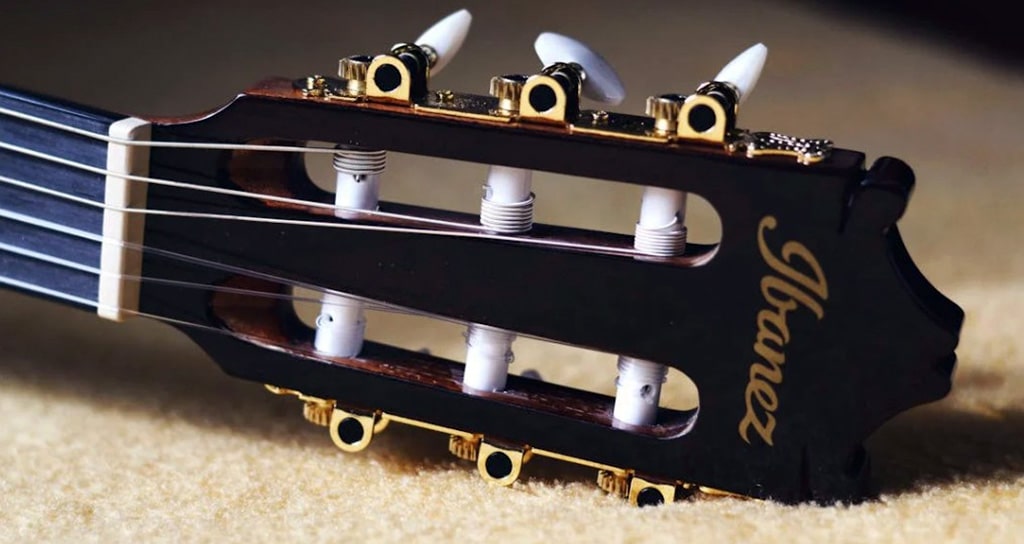
These numbers often start with a letter indicating the factory code. For instance, “I” might signify that the guitar came from the Ibanez Guitar Development Center. The following digits usually denote the year and month of production, followed by the build number.
Knowing the headstock serial number can sometimes even shed light on the production facilities involved, like locations such as the Terada Musical Instrument Co., which highlights Ibanez’s collaborative history with other manufacturers.
Neck Plate and Factory Code
These numbers often start with a letter indicating the factory code. For instance, “I” might signify that the guitar came from the Ibanez Guitar Development Center.
The following digits usually denote the year and month of production, followed by the build number.
Knowing the headstock serial number can sometimes even shed light on the production facilities involved, like locations such as the Terada Musical Instrument Co.,
which highlights Ibanez’s collaborative history with other manufacturers.
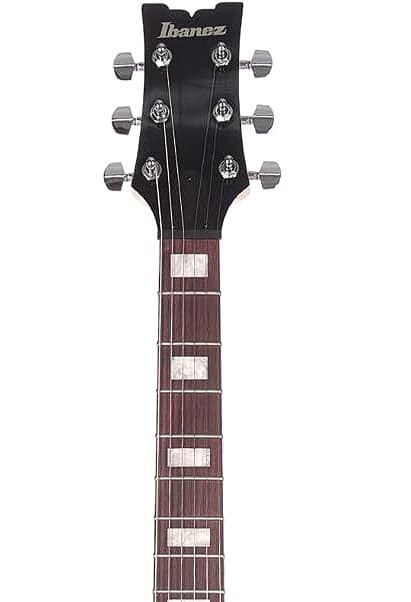
Ibanez Serial Number Search
Overview
Decoding an Ibanez serial number can be quite an adventure. I find it fascinating how these numbers reveal the guitar’s secrets.
By understanding the structure, like how the initial letters and digits represent production month and year, I can trace a guitar’s origin. It’s like being a guitar detective!
Exploring differences in serial numbers based on the manufacturing location is equally intriguing. Whether crafted in Japan, Indonesia, or elsewhere, each guitar tells a unique story.
Remember, while serial numbers provide valuable info, they might not always reveal the full picture. Additional research could uncover more details about specific models.
Knowing this can lead to discovering the history and craftsmanship behind an Ibanez guitar. That’s always exciting.
Wait! Don’t go yet…
If you’re considering purchasing an Ibanez guitar, you won’t want to miss the article “Are Ibanez Guitars Good?” as it provides valuable insights into their quality, features, and overall performance to help you make an informed decision!
FAQ's
To check an Ibanez serial number, locate it on the back of the headstock or inside the body of the guitar, and then refer to the Ibanez website or a trusted database to decode the manufacturing date and model information.
To look up a serial number on a guitar, locate the serial number typically found on the back of the headstock or inside the body, and then use the manufacturer’s website or a trusted online database to find information about the guitar’s model, year of production, and other details.
Yes, there are counterfeit Ibanez guitars on the market, so it’s essential to buy from reputable dealers and verify the authenticity through serial numbers and quality checks.
To date an Ibanez pedal, check the serial number or model number, which can often be found on the bottom of the pedal, and then consult the Ibanez website or relevant resources that provide information on production years based on those identifiers.


